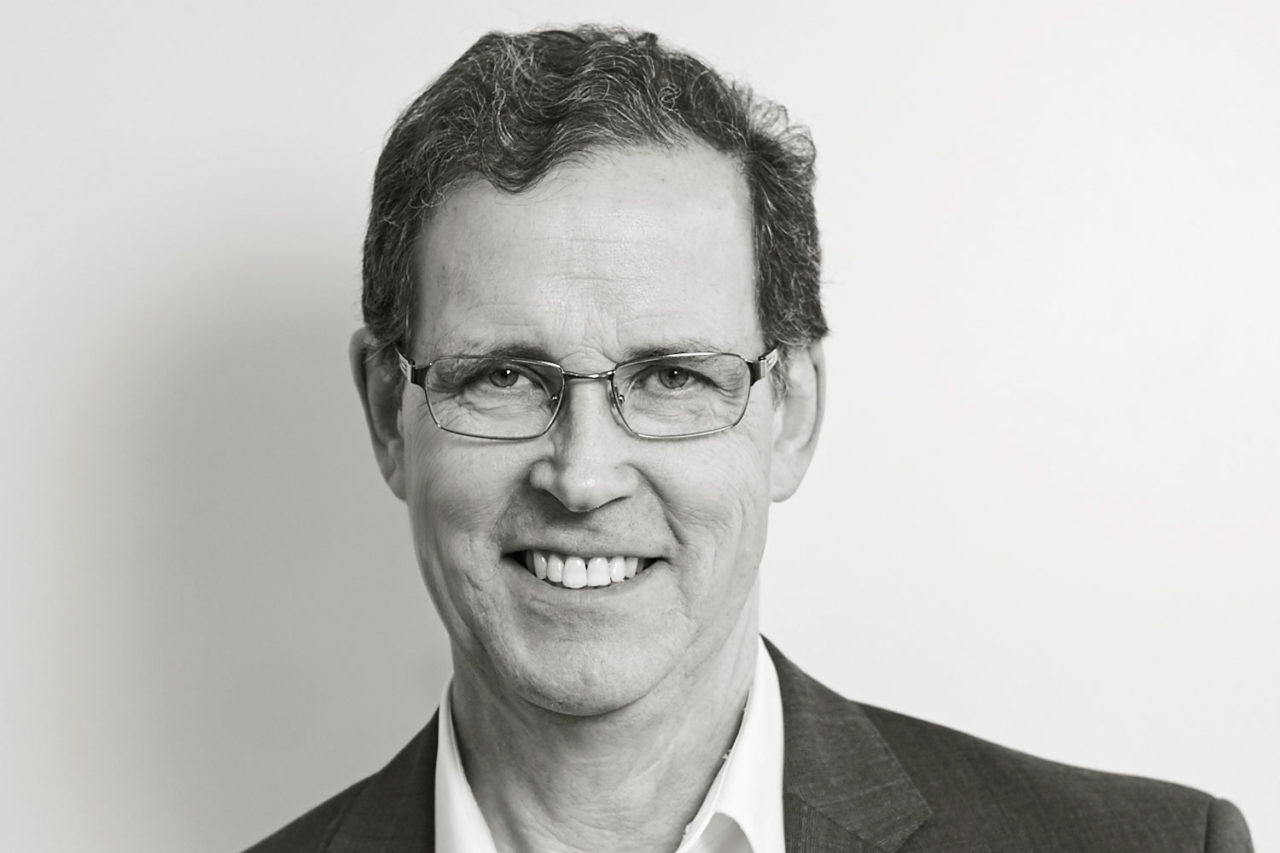by: AIA New York
James Braddock, FAIA, LEED AP, has elevated the design of laboratories and other complex spaces. His work is recognized for synthesizing technical requirements with human needs and aspirations, and for creating state-of-the-art laboratories that are a joy to use. An openness to ideas and clarity of communication are characteristic of his approach to architecture. Jim finds creative ways to use color, natural light and natural materials to humanize the highly specialized environments he designs and make science and technology more accessible to the public. Braddock joined Mitchell Giurgola in 1982 and became a partner in 1996. His work includes projects for Columbia University, New York University, Rockefeller University, Stony Brook University, University of Connecticut, and the New York Botanical Garden. Braddock is a member of the AIANY Science and Research Committee, has been a visiting juror at Columbia and Pratt Universities, and teaches a laboratory design course at the University of Wisconsin.
“Architects are extremely fortunate that our clients are generally aspirational. They want us to help them create something that does not exist. This unique opportunity tends to make us optimists.”
The Jury of Fellows of the AIA elevated Braddock to the College of Fellows in the second category of Fellowship, which recognizes architects who have made efforts “To advance the science and art of planning and building by advancing the standards of architectural education, training, and practice,” according to the organization’s definition. Braddock will be celebrated at AIA New York’s annual New Fellows Reception, once a new date is confirmed at the Center for Architecture in the wake of COVID-19.
Q: How/why did you decide to pursue architecture?
A: As a kid I loved to draw, not to make a beautiful drawn object, but rather to create an impression of a place where my mind could go. I also liked to build things and take things apart. But what sealed the deal was one evening when I was 17 and trying to leave the house to go out with my friends my mother grabbed me by the ear and said she first wanted to see some direction in my life. Spontaneously I said, “But Mom, I want to be an architect.” She let me go out. True story.
Q: What are some of your favorite recent projects that you’ve worked on?
A: I really enjoy designing highly technical spaces that require research and rigor, and where clients are pleasantly surprised to find that in addition to providing a functional solution we have also created spaces that are a joy to use and see. We just completed the design of a research greenhouse facility. Although we have done several greenhouses, this is the first one for research, and many of the considerations were new to us. It has been great fun, a bit like the challenge of learning a new language, where at the end we will have (hopefully) created some poetry.
Q: What do you see as an architect’s role—and responsibility—within our culture?
A: Without sounding grandiose, I see our role as that of being the “better angels” of our culture. Architects are extremely fortunate that our clients are generally aspirational. They want us to help them create something that does not exist. This unique opportunity tends to make us optimists. It also comes with significant responsibility. Our society builds too many new buildings when older buildings could be reimagined, repurposed and improved to serve the same function while doing less damage to the environment. Architects should lead the change to our current paradigm.
Q: What do you think are the biggest challenges, or opportunities, facing cities?
A: As an adoptive New Yorker these last four decades I can say with great certainty that things have improved significantly here. The city is cleaner, safer, and looks better. Many challenges remain, most significantly the ever-widening disparity between rich and poor, and the looming environmental crisis which is likely to become manifest here is rising sea levels and mountains of garbage. But I am optimistic about the future of cities. Because all things, good and bad, are magnified in cities, I believe cities will ultimately confront and solve their challenges, and in so doing become textbooks for other places.
Q: What are your greatest sources of inspiration?
A: I draw great inspiration from history, determined and thoughtful people, and nature. History is full of lessons. When I travel, I always try to get perspective on the places I visit by reading about the history of those places. Determined and thoughtful people provide living examples of the power of dedication. The scientists with whom I interact often inspire me in their quest to push back the curtain on the unknown. Finally, nature is both a respite and an inspiration. It is hard to imagine anything as majestic as a storm on the ocean or sunrise on a mountain.
Editors’ Note: This feature is part of a series celebrating the members of the American Institute of Architects (AIA) New York Chapter who are elevated each year to the AIA College of Fellows, an honor awarded to members who have made significant contributions to both the profession and society. Learn more about Fellowship here.













